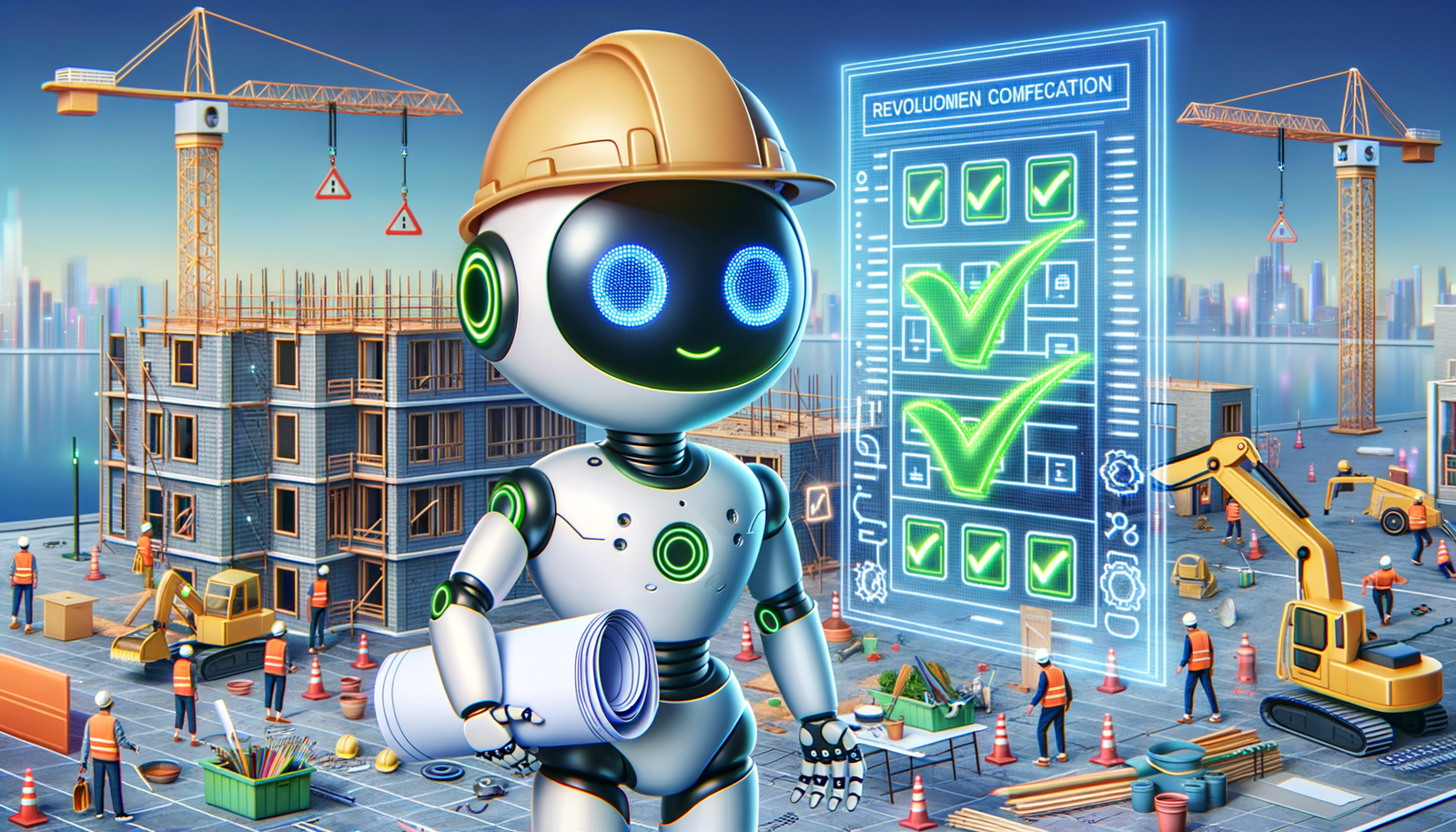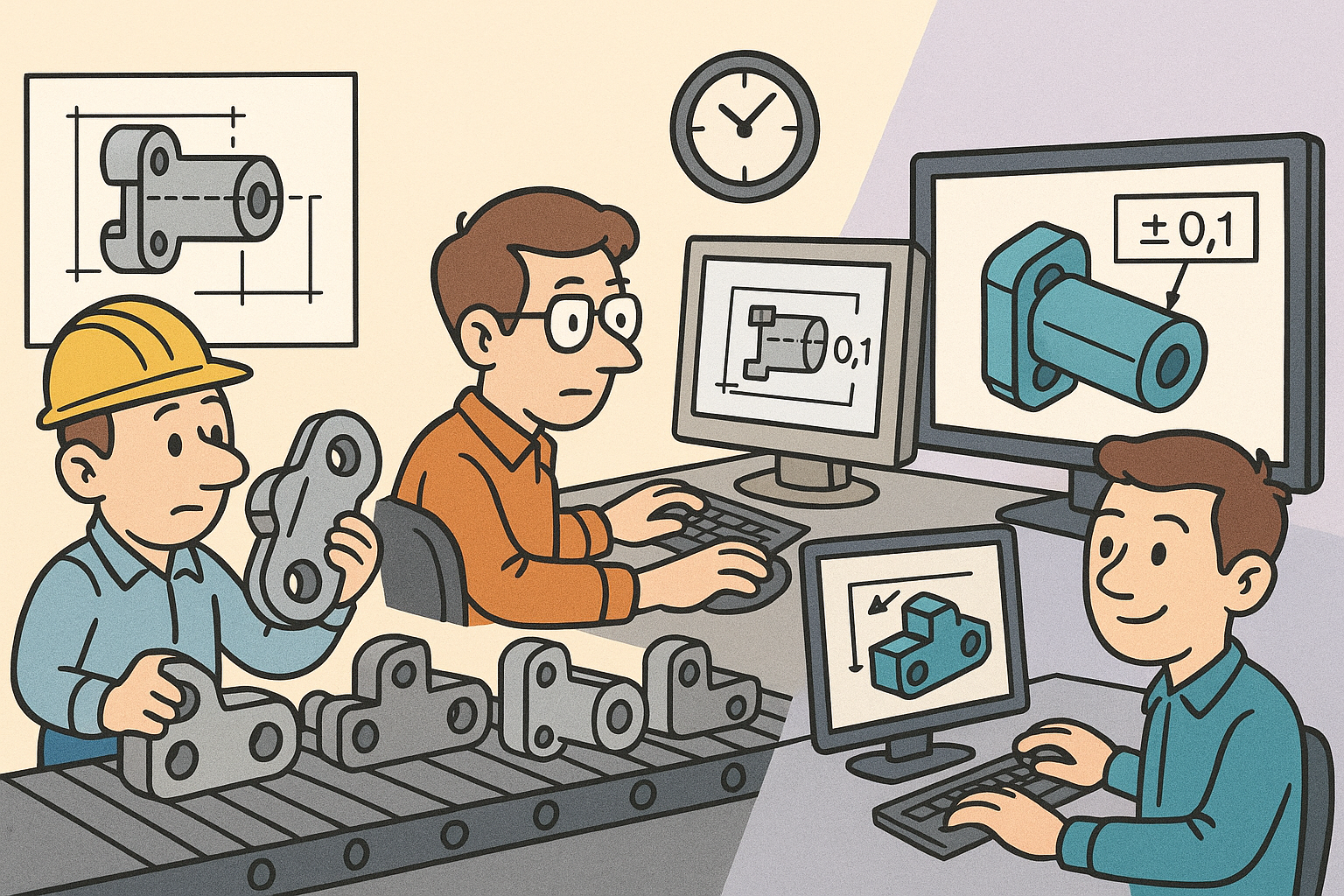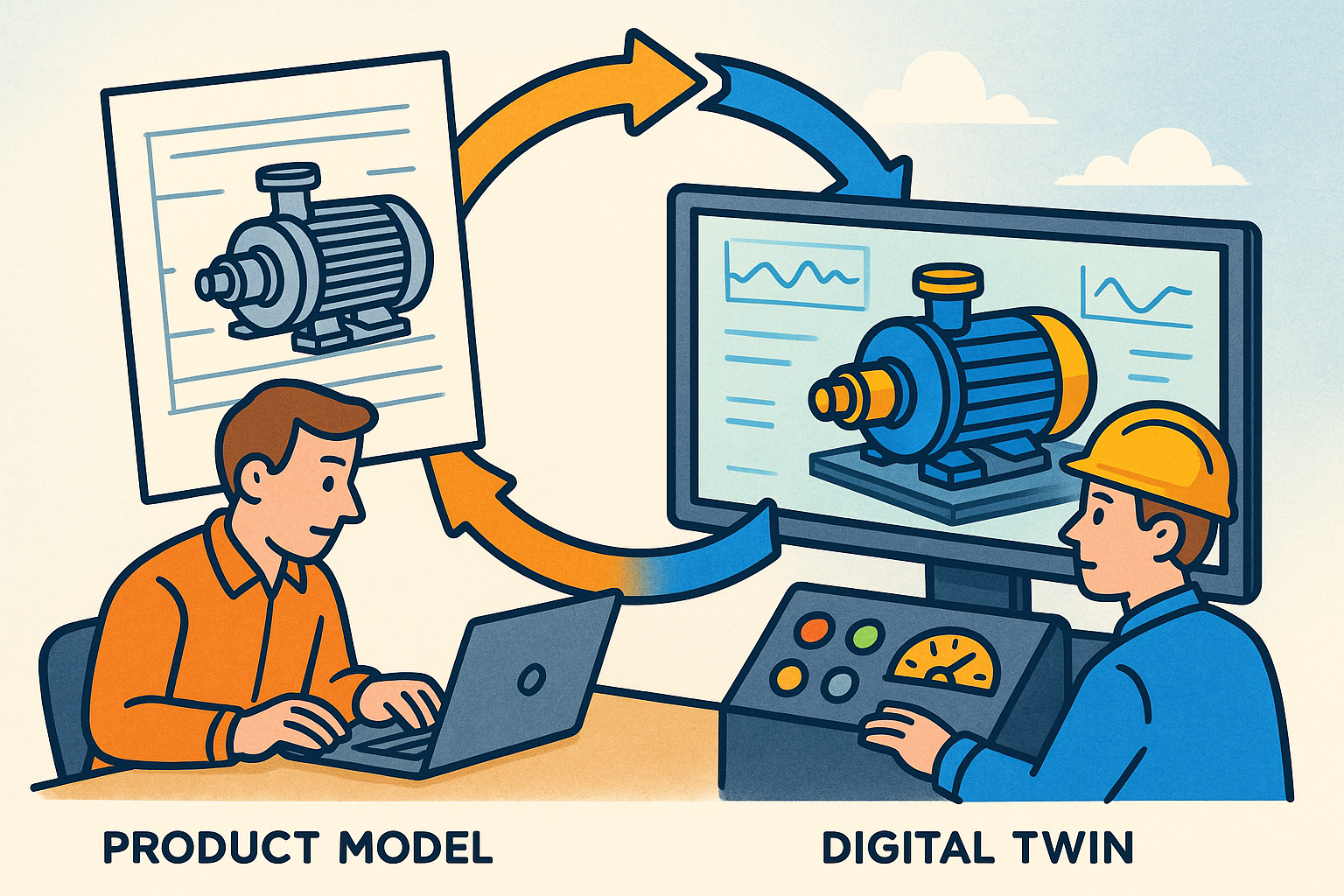Your Cart is Empty
Customer Testimonials
-
"Great customer service. The folks at Novedge were super helpful in navigating a somewhat complicated order including software upgrades and serial numbers in various stages of inactivity. They were friendly and helpful throughout the process.."
Ruben Ruckmark
"Quick & very helpful. We have been using Novedge for years and are very happy with their quick service when we need to make a purchase and excellent support resolving any issues."
Will Woodson
"Scott is the best. He reminds me about subscriptions dates, guides me in the correct direction for updates. He always responds promptly to me. He is literally the reason I continue to work with Novedge and will do so in the future."
Edward Mchugh
"Calvin Lok is “the man”. After my purchase of Sketchup 2021, he called me and provided step-by-step instructions to ease me through difficulties I was having with the setup of my new software."
Mike Borzage
AI-Powered Code Compliance: Revolutionizing Design and Construction Efficiency
November 13, 2024 6 min read


Introduction to Code Compliance Checks
In the dynamic world of design and construction, ensuring that every project meets the established standards is paramount. Code compliance refers to the adherence of architectural and engineering designs to the building codes and regulations set forth by local, regional, and national authorities. These codes are comprehensive guidelines that dictate the minimum acceptable levels of safety, health, and general welfare for building occupants. They cover aspects such as structural integrity, fire safety, accessibility, energy efficiency, and environmental sustainability. The importance of code compliance in design and construction cannot be overstated, as it is essential for preventing accidents, minimizing liabilities, and ensuring that buildings are safe and habitable for users.
Traditionally, code compliance checks have been a meticulous and labor-intensive process. Architects and engineers would manually review design documents, specifications, and blueprints, cross-referencing them with the relevant building codes. This method requires a deep understanding of the codes, which are often complex and subject to frequent updates. The traditional approach involves several stages of review and rework to address any issues of non-compliance that are identified. While thorough, this process is time-consuming and can significantly extend project timelines, leading to increased costs and potential delays in construction schedules.
One of the primary challenges faced by architects and engineers during manual compliance checks is the sheer volume and complexity of the codes themselves. Building codes can span hundreds of pages and contain intricate provisions that are open to interpretation. Keeping up-to-date with amendments and new regulations adds another layer of difficulty. Additionally, human error is an ever-present risk; oversights can occur due to fatigue, oversight, or misinterpretation of the codes. Such errors can lead to costly redesigns, construction changes, or, in the worst cases, legal ramifications if non-compliance results in safety issues.
The Role of AI in Enhancing Compliance Checks
The advent of Artificial Intelligence (AI) has ushered in a new era for the design and construction industry, particularly in the realm of code compliance. AI technology offers the potential to streamline and enhance the compliance checking process by automating the analysis of design documents against complex building codes. By leveraging machine learning algorithms and big data analytics, AI systems can rapidly process vast amounts of information, identifying areas where designs may not meet regulatory requirements.
One of the key ways AI streamlines code compliance is through the automated analysis of design documents. AI-powered software can ingest digital design files, such as CAD drawings or BIM models, and systematically compare them against the relevant sections of the building codes. This automated process significantly reduces the time required for compliance checks, allowing for faster project iterations and revisions. Moreover, AI systems are not susceptible to fatigue or oversight, leading to more consistent and reliable compliance assessments.
Another critical capability of AI in this context is the use of Natural Language Processing (NLP) to interpret code requirements. Building codes are written in legal and technical language that can be ambiguous or challenging to interpret. NLP enables AI systems to understand and parse this language, extracting the specific requirements that apply to a given design scenario. By doing so, AI tools can provide designers with clear, actionable feedback on how to modify their designs to meet compliance standards. This not only improves the accuracy of compliance checks but also enhances the overall quality of the designs.
For instance, AI can assist in interpreting fire safety codes by analyzing egress routes in a building design. It can identify whether the distances between exits comply with regulatory limits, whether the widths of corridors and doorways meet accessibility standards, and whether fire suppression systems are appropriately integrated. By providing this level of detailed analysis, AI tools empower architects and engineers to make informed decisions early in the design process, reducing the need for extensive revisions later on.
Benefits and Limitations of AI-Driven Compliance Checks
The integration of AI into code compliance checks offers numerous benefits that significantly enhance the design and construction process. One of the most prominent advantages is the improvement in accuracy and efficiency. AI systems can process and analyze data at a speed and scale that is unattainable for humans. This capability leads to a substantial reduction of human error and oversights, ensuring that compliance issues are identified and addressed promptly. Designers can rely on AI to perform routine and repetitive tasks, freeing them to focus on more complex and creative aspects of their projects.
The time savings in the review process is another critical benefit. Traditional manual compliance checks can take weeks or even months, depending on the project's size and complexity. AI tools can reduce this timeframe dramatically, enabling real-time or near-real-time feedback. This efficiency accelerates project timelines and can lead to significant cost savings. Furthermore, early identification of compliance issues prevents costly changes during the construction phase, where modifications are more expensive and disruptive.
Despite these benefits, there are potential limitations and challenges associated with AI-driven compliance checks. One of the main concerns is the dependence on training data quality. AI systems require large amounts of high-quality data to function effectively. If the training data is incomplete, outdated, or biased, the AI's assessments may be inaccurate or unreliable. Ensuring that AI systems are trained on comprehensive and current code information is essential for their effectiveness.
Another limitation is the need for human oversight to handle complex scenarios. While AI can process vast amounts of data, it may not fully understand the context or nuances of certain design decisions. Complex architectural projects often involve unique challenges that require professional judgement and expertise. AI tools may flag compliance issues that are, in fact, acceptable within certain interpretations of the code or under specific exemptions. Therefore, a collaborative approach that combines AI analysis with human expertise is necessary to achieve the best outcomes.
Some of the challenges that need to be addressed when implementing AI in code compliance checks include:
- Integration with existing workflows: Adapting AI tools to fit seamlessly into current design and review processes can be complex.
- User acceptance and trust: Architects and engineers may be hesitant to rely on AI due to concerns about accuracy and job security.
- Regulatory acceptance: Authorities having jurisdiction may require validation of AI tools before accepting their results as part of the official compliance documentation.
Future Trends and Developments
The future of AI in code compliance is promising, with several trends and developments poised to enhance its impact on the industry. One significant trend is the evolution of AI tools to become more intelligent and adaptable. Advances in machine learning algorithms are enabling AI systems to learn from each interaction, improving their accuracy over time. This adaptability will allow AI to handle more complex compliance scenarios and provide more sophisticated analysis.
Another important development is the integration of AI with Building Information Modeling (BIM). BIM is a digital representation of the physical and functional characteristics of a building, serving as a shared knowledge resource for all stakeholders. By integrating AI with BIM, compliance checks can be performed continuously as the design evolves. This integration allows for:
- Real-time compliance monitoring: Issues can be detected and addressed immediately, preventing them from becoming larger problems later.
- Enhanced collaboration: All project stakeholders can access compliance information within the BIM model, improving communication and coordination.
- Data-driven decision making: AI can provide insights based on data analytics, helping designers make informed choices.
On the legislative and industry front, there is a growing movement toward embracing AI in the compliance process. Governments and regulatory bodies are beginning to recognize the potential of AI to improve safety and efficiency in the construction industry. Initiatives are being developed to set standards and guidelines for the use of AI in code compliance, which may include:
- Certification of AI tools: Establishing benchmarks for accuracy and reliability to ensure that AI systems meet certain standards.
- Updating codes to facilitate AI use: Adjusting the language and structure of building codes to be more compatible with AI and NLP technologies.
- Research and development support: Providing funding and resources to advance AI technologies in the construction sector.
Conclusion
The integration of AI into code compliance checks is revolutionizing the design industry, offering tools that significantly enhance the efficiency and accuracy of compliance processes. By automating routine tasks and providing intelligent analysis, AI allows professionals to focus on innovation and design quality while ensuring that regulatory standards are met. Staying updated with AI advancements is crucial for architects, engineers, and construction professionals who wish to remain competitive and deliver the best possible outcomes for their clients.
As the industry continues to evolve, embracing AI tools is not just an advantage but a necessity. Professionals are encouraged to adopt these technologies to enhance their design processes, reduce risks, and create buildings that are not only compliant but also safe, efficient, and sustainable. By combining the strengths of AI with human expertise, the design and construction industry can achieve new heights of excellence and innovation, ultimately benefiting all stakeholders involved.
Also in Design News

Design Software History: From Interchangeability to Semantic PMI: A History of Tolerancing in CAD
December 27, 2025 12 min read
Read More
Synchronization of Product Models and Digital Twins to Close the Design–Operate Loop
December 27, 2025 12 min read
Read More
Cinema 4D Tip: Turbulence Field for Fast, Art‑Directable Organic Motion
December 27, 2025 2 min read
Read MoreSubscribe
Sign up to get the latest on sales, new releases and more …


